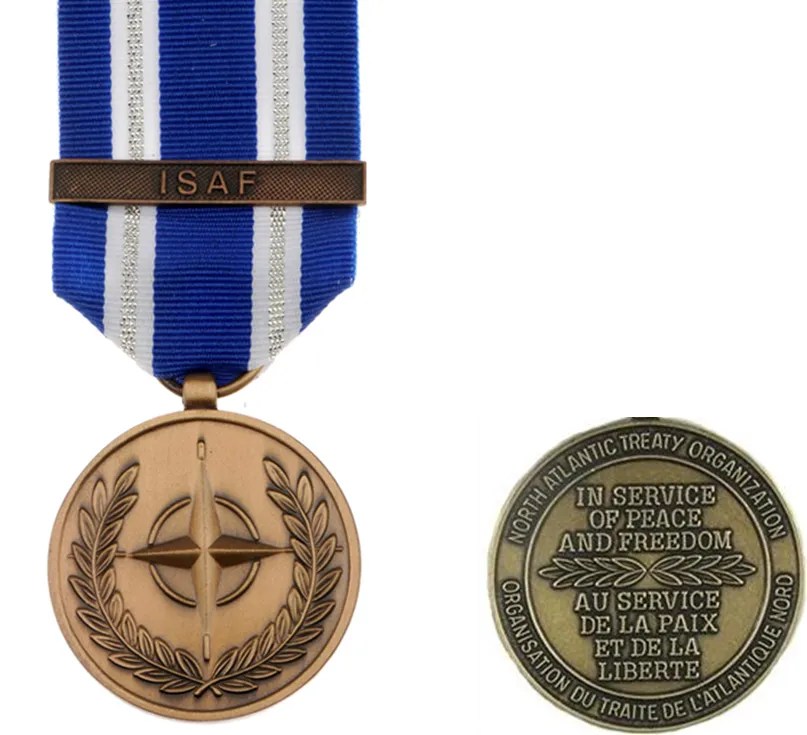NATO Implementation Force (IFOR), Balkans
WARNING: Due to the nature of the conflict and operations in the Balkans, some of these articles may contain graphic or disturbing content. Please use your discretion. If an article adversely affects your mental health, consider seeking help by consulting the agencies listed in the Mental Health Resources section of this website.
The Dayton Accord and the Implementation Force (IFOR)
The General Framework Agreement for Peace, commonly known as the Dayton Peace Accord, was signed in December 1995. To ensure compliance with this agreement, the UN Security Council adopted a resolution which authorized the establishment of a multinational peace implementation force (IFOR). IFOR was sent to maintain cease-fire and inter-entity boundary lines. Its mission was also to foster a secure environment in which civilian organizations could carry out their responsibilities, which included the supervision of elections, the coordination of the return of refugees, economic recovery and monitoring and training of local police. Without the assistance of IFOR, the peace agreements would not have endured, nor would the civilian aspects of the Dayton Peace Accord have been achieved. Canada contributed CF members to IFOR under the name Operation ALLIANCE.
This operation had 1,047 personnel in a composite organization that consisted of a Canadian-led Multinational Brigade Headquarters, a reconnaissance squadron, a mechanized infantry company, an engineer squadron, as well as a Canadian National Command Element and National Support Element.In addition to the provision of brigade headquarters and signals personnel for IFOR’s multinational brigade (2 Canadian Multinational Brigade and, later, 5 Canadian Multinational Brigade), the CF deployed an armoured reconnaissance squadron, an infantry company, an engineer squadron, a national support element, an advanced surgical centre and a military police platoon.The first Canadian infantry battle group deployed was drawn from units based in Petawawa, Ontario, and Gagetown, New Brunswick, while the second came from Valcartier, Quebec.
Their tasks included establishing freedom of movement throughout the area of operations, supervising the withdrawal and separation of the previously warring factions and their heavy weapons, patrolling cease fire lines, supervising the removal of land mines and unexploded ordnance, settling disputes and helping with the redeployment of UN personnel and equipment still in Bosnia-Herzegovina.Canadian sailors and air force personnel also served in support of IFOR as part of the ongoing maritime blockade (NATO Operation SHARP GUARD) and enforcement of the “no-fly zone” (NATO Operation DECISIVE ENDEVOUR) in the region.On 20 December 1996, one year after the creation of IFOR, a NATO-led Stabilization Force (SFOR) replaced IFOR.

NATO ISAF medal.




